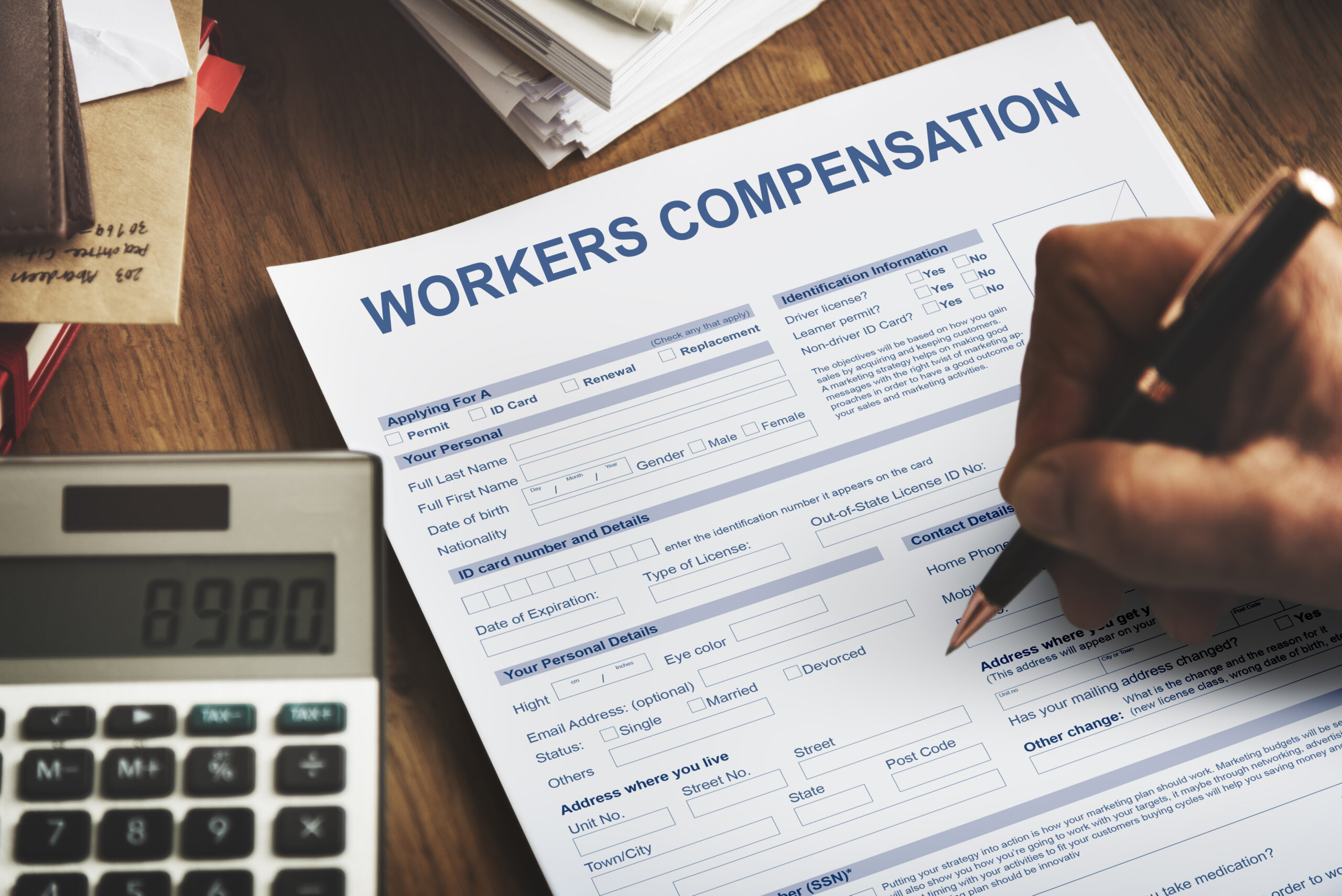Workers’ Compensation (also known as WorkCover) provides workers with income and medical expenses coverage if they’re injured or become ill at work. Every business that employs workers must have workers’ compensation insurance.
Workers’ Compensation can be vital for injured workers, however the Australian Bureau of Statistics released a report that captures, during the 12 month period measure 2021–22 workplace injuries, many don’t make a claim. Only one–third of workers who suffered a workplace injury or illness made a worker’s compensation claim, with around 65% of injured workers not making a claim.
Almost 40% of these workers said they thought it was a minor injury so it wasn’t necessary. Here are some other reasons:
- They didn’t think they’d be eligible.
- They thought it would negatively affect their current or future employment.
- It was inconvenient/too much paperwork.
- They weren’t aware of Workers’ Compensation.
But these aren’t necessarily valid reasons for not making a worker’s compensation claim.
- Eligibility – one should never assume they aren’t eligible to claim. Even a minor injury might be worse than it looks and other symptoms can take time to appear. It is important to see a doctor and get a proper diagnosis.
- Negative effect on employment – Under Workers’ Compensation law, an employer can’t use the work-related injury or illness as a reason to terminate employment within the first 6 months for NSW and 12 months in Queensland. It is important to note at this point, laws differ from state to state. Additionally, future employers can’t discriminate against a potential employee because of a claim. If the applicant physically and mentally able to do the job, they can’t refuse to hire them based on a pre-existing injury.
- Inconvenient/too much paperwork – This is where the worker could benefit from engaging a worker’s compensation lawyer to help with their claim. They can help navigate the nuances of the state specific legal requirements and take on the burden of the paperwork, so the worker can focus on their health. Additionally, the Doctor can engage specialist concierge services, like those offered by MSK Radiology Partners to help relieve the administrative burden at their end, but also ensure their patient undertakes and receives the right examinations to help diagnose the injury accurately and promptly.
What is the process?
It’s important to note that the specifics of the Workers’ Compensation claims process may vary by state, and it’s crucial for both employees and employers to understand and follow the requirements outlined by the relevant Workers’ Compensation laws in Australia, however there are several common steps:
- Report the Injury: The first step is to report the injury sustained at work to the employer. It is essential to notify them promptly to initiate the Workers’ Compensation process.
- Seek Treatment: After reporting the injury, if necessary, it’s important to seek medical treatment and obtain a medical certificate detailing the injury and recommended treatment.
- Submit a Claim Form: Workers need to submit a Workers’ Compensation claim form to the relevant authority in their state or territory. Each state and territory in Australia has its own regulator that administers and provides guidance on Workers’ Compensation.
- Evaluation of Claim: The Workers’ Compensation authority will assess the claim based on various criteria, such as the nature of the injury, whether it occurred during work, and other relevant factors
- Acceptance of Claim: If the claim is accepted, various types of support are provided, including:
- Covering some wages while recovering away from work.
- Payment of medical expenses, rehabilitation treatments, and hospital costs.
- Lump sum compensation for permanent impairment.
- Funeral expenses and periodic payments for dependents in case of a work-related fatality.
- Return to Work Assistance: Workers’ Compensation also offers support such as rehabilitation services, education or training assistance, domestic assistance, and access to networks of medical specialists and rehabilitation providers to facilitate a safe return to work.
- Ongoing Support: Workers’ Compensation schemes in Australia aim to provide ongoing support to injured workers through various benefits and services tailored to their needs. It is crucial for workers to follow the guidelines set by their state or territory’s Workers’ Compensation authority throughout the process.
- Dispute Resolution: In case of a disputed claim, the process for resolving disputes may vary between states. Workers may have options to challenge a decision through internal processes or external bodies like Workers’ Compensation Conciliation Service.
- Employer Responsibilities: Employers play a crucial role in managing Workers’ Compensation claims and ensuring compliance with state-specific regulations. They are responsible for reporting injuries promptly, assisting with claim forms, and cooperating with insurers during the claims process.
It is essential for individuals seeking Workers’ Compensation to familiarise themselves with the specific requirements and procedures outlined by their state or territory’s Workers’ Compensation authority to navigate the claims process effectively.
How does the Workers’ Compensation process differ from state to state in Australia?
The Workers’ Compensation claim process can differ from state to state in Australia due to the individual governance of Workers’ Compensation by each state and territory. Here are some key points to consider:
- Insurance Coverage and Regulations:
- Each state and territory in Australia has its own Workers’ Compensation scheme, governed by different laws and regulations.
- Most employers are required by law to take out Workers’ Compensation insurance, but there are exceptions based on the size of the business and the state or territory it operates in.
- Claims Management:
- The process for making a Workers’ Compensation claim and the specific requirements for filing a claim may vary between states and territories.
- The responsibility for managing Workers’ Compensation claims lies with the Commonwealth, states, and territories, each of which manages its own Workers’ Compensation arrangements.
- Scheme Operation:
- Each state and territory in Australia has its own Workers’ Compensation scheme, and these schemes may vary in the way they operate due to different governance and laws.
- The specific entitlements, benefits, and support available to injured workers may differ based on the Workers’ Compensation scheme of the relevant state or territory.
- Dispute Resolution and Support:
- The process for dispute resolution and the support available to injured workers during the Workers’ Compensation claim process may vary based on the specific regulations and guidelines of each state and territory.
Here are the links to the Workers’ Compensation authorities in each state in Australia:
- Australian Capital Territory (ACT):
- New South Wales (NSW):
- Northern Territory (NT):
- Queensland (QLD):
- South Australia (SA):
- Tasmania (TAS):
- Victoria (VIC):
- Western Australia (WA):
It is here that one can find detailed information and resources related to Workers’ Compensation considerations for their respective state.
Sources:
https://www.comcare.gov.au/claims/making-a-claim/workers-compensation
https://www.fairwork.gov.au/employment-conditions/workers-compensation
https://www.worksafe.qld.gov.au/claims-and-insurance/compensation-claims/claim-process
https://www.safeworkaustralia.gov.au/workers-compensation
https://www.sira.nsw.gov.au/claiming-compensation/workers-compensation-claims
https://www.worksafe.qld.gov.au/claims-and-insurance/compensation-claims/claim-process

